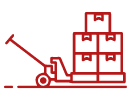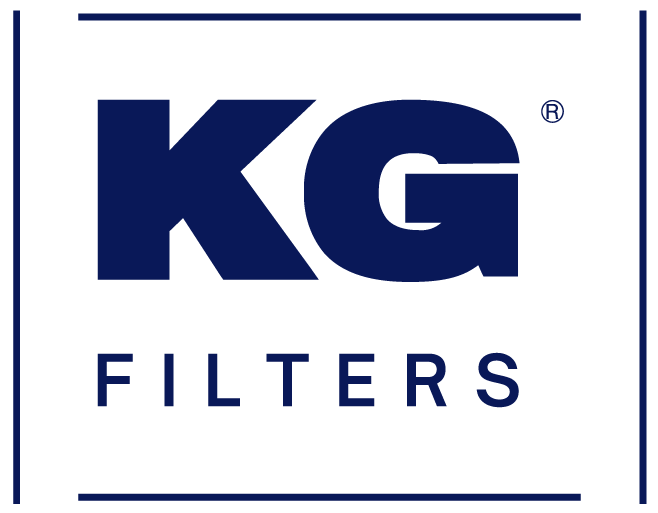The precise calibration of bearing tolerances plays a pivotal role across multiple sectors, significantly influencing operational efficiency, dependability, and longevity of machinery. A thorough understanding of bearing tolerances and their practical applications is vital for making informed choices and maximizing the functionality of the equipment. This article delves into the intricate details of bearing tolerances, encompassing their grading system, performance implications, and guidelines for selecting the most suitable application. This insightful exploration will equip you with an in-depth comprehension of this essential facet of the bearing industry, fostering a more nuanced approach to decision-making.
Understanding Bearing Tolerances
Bearing tolerance denotes the permissible deviation in the size and structure of a bearing component. These tolerances guarantee an appropriate fit and functionality of the bearing, thereby directly impacting elements such as noise generation, vibrational behavior, frictional resistance, and the overall lifespan of the bearing. Factors such as manufacturing procedures, material characteristics, and operational conditions can influence bearing tolerance. The interplay between bearing tolerance and bearing fit is critical for achieving peak performance. A fit that is less than ideal could lead to accelerated wear, excessive heat generation, or an untimely breakdown.
Bearing Tolerance Grades
Standards have been established to classify bearings into various tolerance grades depending on their precision levels. Here are the standard bearing tolerance grades along with their corresponding applications:
- Normal Grade Bearings (ISO P0 or ABEC 1) : These bearings are ideally suited for general-purpose applications that involve moderate loads and speeds. These bearings present a cost- efficient solution for applications where top-tier precision isn’t a prerequisite.
- High-Precision Grade Bearings (ISO P6/P5/P4 or ABEC 3/5/7) : These bearings are engineered specifically for applications requiring a higher level of precision. In comparison to standard- grade bearings, they deliver enhanced performance in terms of noise reduction, vibrational dampening, and bearing lifespan.
Selecting the appropriate bearing tolerance grade depends on specific application requirements, operating conditions, and budget constraints.
Balancing Bearing Tolerance and Performance
The bearing tolerance exerts a direct influence on the performance and lifespan of the bearing. Here are some crucial factors to consider:
- Bearing Lifespan : More stringent tolerances lead to a superior bearing fit, mitigating the risk of early failure due to excessive wear or imbalanced load distribution. Research within the bearing industry has shown that enhancements in bearing tolerance can extend the bearing’s lifespan by up to 50%.
- Reduction in Noise and Vibration : Bearings constructed with high-precision tolerances typically generate less noise and vibration. This results in a smoother operation and an uplift in performance.
- Operating Temperature : The tolerance levels of bearings impact operating temperatures, as a tighter tolerance can potentially diminish friction and subsequent heat production.
Application-Specific Bearing Tolerance Considerations
Certain operational requirements mandate specific bearing tolerance considerations:
- High-Speed Applications : Bearings employed in high-speed operations typically necessitate higher precision tolerances to guarantee minimal noise, vibration, and heat generation. Such bearings find their application in machineries such as tool spindles or turbochargers.
- High-Load Applications : For applications that involve heavy or shock loads, tighter bearing tolerances are crucial to ensure even load distribution, thereby reducing the likelihood of premature failure
- Extreme Operating Conditions : The appropriate bearing tolerance grade becomes vital in maintaining reliable performance and longevity under extreme temperatures, contaminants, or other adverse circumstances.
Bearing Tolerance Selection Best Practices
To determine the most appropriate bearing tolerance for your specific application, adhere to these best practice guidelines:
- Evaluation of Application Requirements and Operational Conditions : Undertake a thorough assessment of load, speed, temperature, and environmental conditions to select the most suitable bearing tolerance grade.
- Balancing Cost, Performance, and Durability : Evaluate the advantages of superior precision tolerances against their increased costs, taking into account performance enhancements, reduced maintenance needs, and extended bearing lifespan.
- Consulting with Industry Experts : Seek advice from bearing specialists such as KG International to guide you in choosing the most appropriate bearing tolerance grade for your specific application. KG International boasts a seasoned team of professionals who can impart fundamental knowledge about bearing tolerances, thereby ensuring optimal performance and reliability.
Understanding bearing tolerance is critical for achieving peak performance and reliability across various industries. It’s important to comprehend the different bearing tolerance grades, their influence on performance, and the special considerations for different applications. This knowledge will guide you in making an informed decision about the most suitable bearing tolerance for your needs.
Engaging with experts like KG International can offer invaluable insights, aiding you in making the correct decision for your tolerance needs. Businesses aiming to optimize their equipment performance and secure a competitive edge in the bearing industry must meticulously consider factors impacting bearing tolerances and adopt appropriate selection practices.

























